Map shows where biggest shark species are found in UK waters
Britain is regularly visited by the ocean’s second largest fish and several other sizeable sharks


Some 40 species of shark are thought to inhabit the waters surrounding the UK.
Many only visit in the warmer months, though according to the Shark Trust charity there are 21 permanent resident species roaming beneath the waves off the British coast.
Most of the full-time fish – more than half of which are on the IUCN Red List of threatened species – are of the smaller variety.
But sharks of great size are not uncommon off these shores. The second largest fish known to humans, the basking shark, can be seen near the coast between May and October every year.
While sharks have long been widely feared, the Shark Trust said there was no reason to worry in Britain at least as no species known to be dangerous to humans has ever been reported in UK waters.
But this week research has suggested great white sharks could start appearing off the UK coast as they migrate north from the Mediterranean in search of seals, research has said.
Chris Fischer, founder of Ocearch, said other populations of great whites his organisation has tracked have tended to move northwards in search of food.
“We believe they should be moving up past Brest [in Brittany] and Cornwall,” he told The Times.
Ocearch, which collects ocean data to help scientists, plans to come to Britain next summer in the hope of finding great whites.
Below,The Independent has compiled a map showing the largest shark species and where they can be found. Read on for further facts about each species.
Blue shark
This torpedo-like shark can be spotted around 10 miles off the southwest coast of England in summer months. They can grow up to 12ft (3.8m) long and are known to give birth to as many as 50 live pups in one litter.
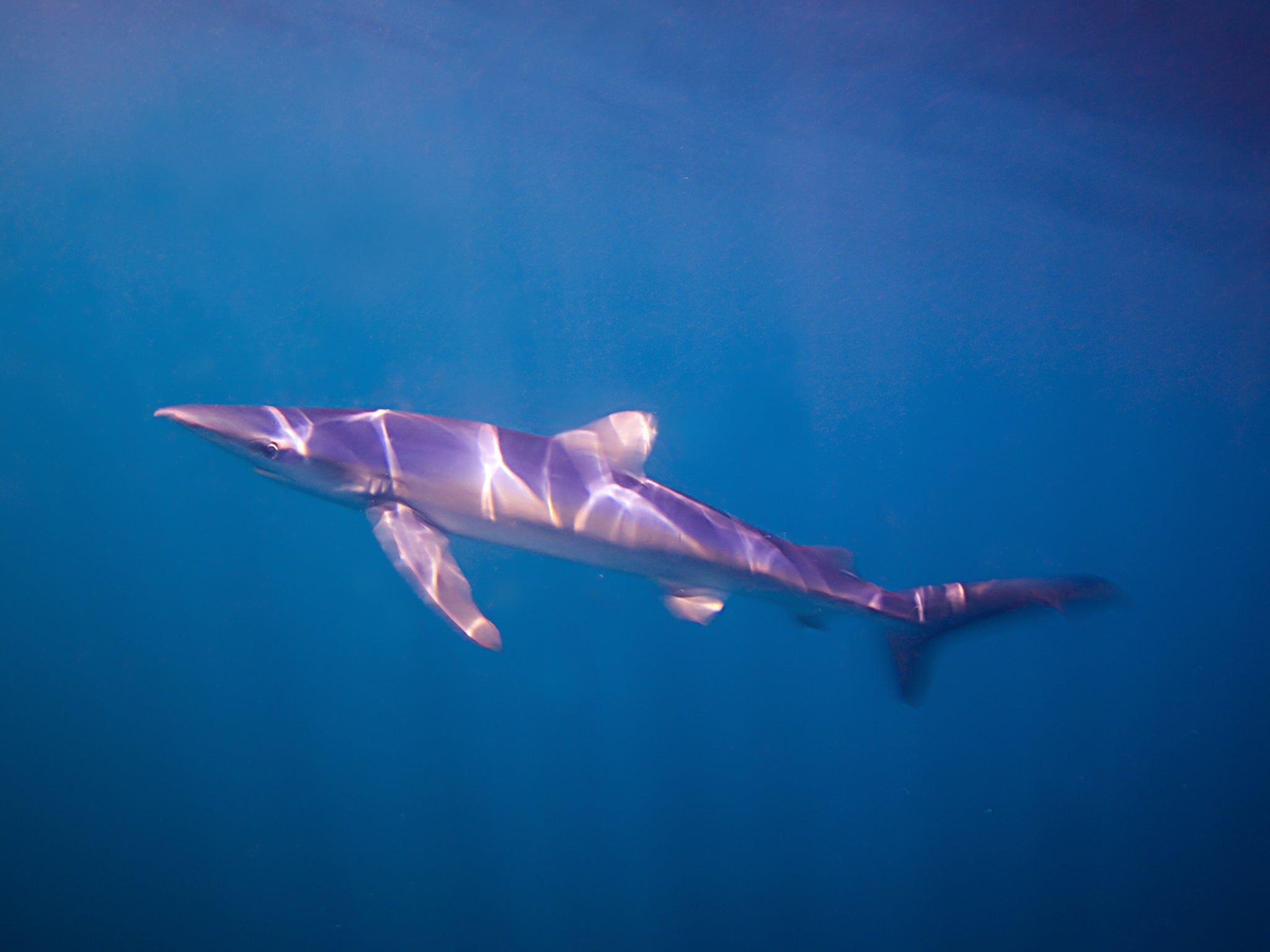
The blue shark feed mainly on small fish and squid near the surface, but have been recorded feeding on the seabed at depths of 350m, according to the Wildlife Trust. They are listed as Near Threatened by the IUCN.
Porbeagle shark
Found around all UK coasts from June to October, this deepwater shark is known for its large dorsal fin and large black eyes. They are known as known as strong swimmers, one porbeagle tagged in Irish waters was later found as far away as Newfoundland in Canada.
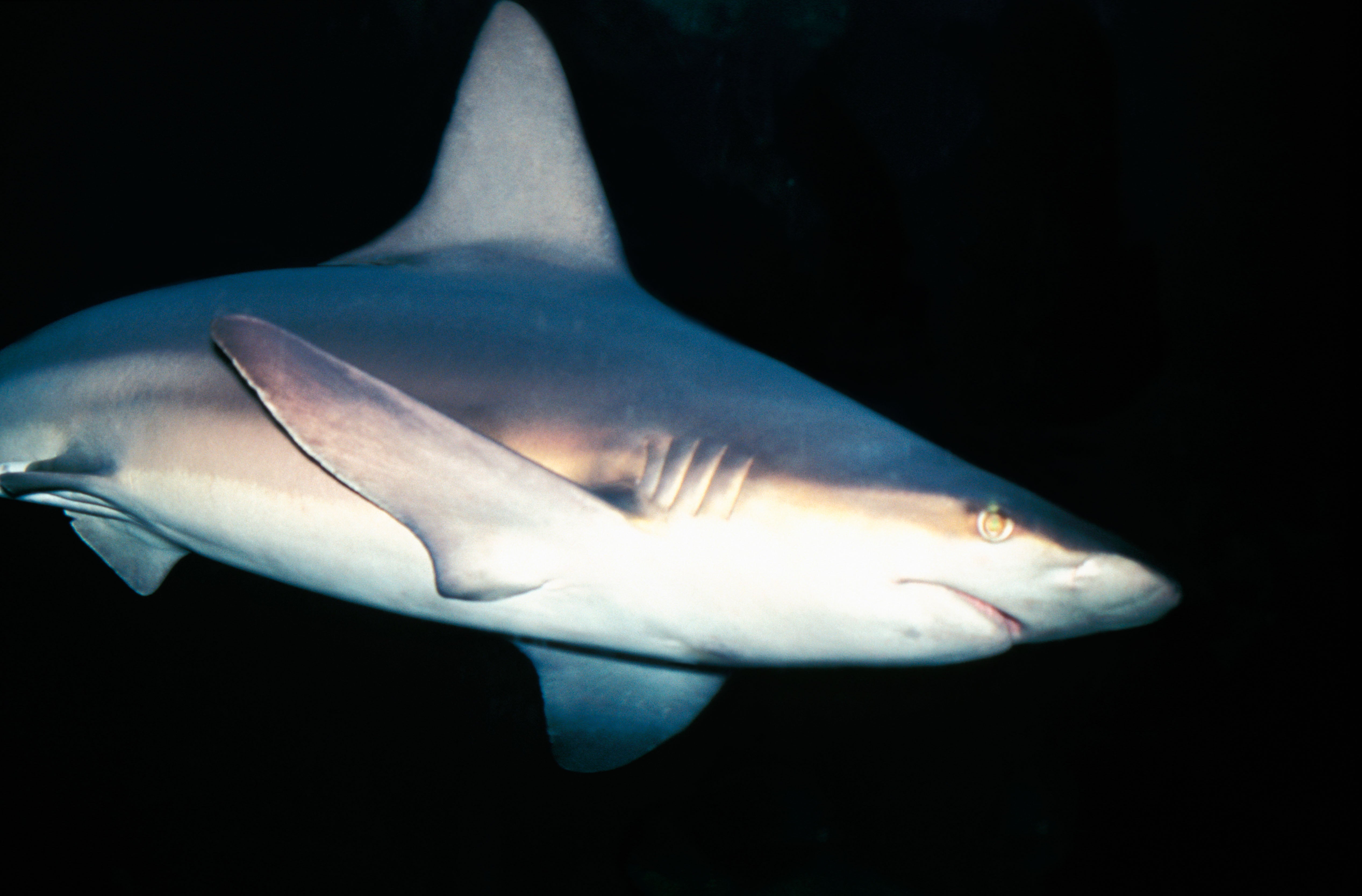
Porbeagles are sometimes mistaken for great white sharks but can only grow to half the size. They are listed as Vulnerable by the IUCN.
Smooth hammerhead
A very rare sight off the British coast, the smooth hammerhead would appear hard to misidentify. But there are really nine different types of hammerhead, with this variety notable for having a smoother and more rounded head.

Hammerhead sharks have 360-degree vision and is an exceptional hunter. The smooth hammerhead is listed as Vulnerable by the IUCN.
Shortfin mako
This mackerel shark is thought to be the world’s fastest fish, capable of swimming at speeds exceeding 40mph and known as the “cheetah of the ocean”.
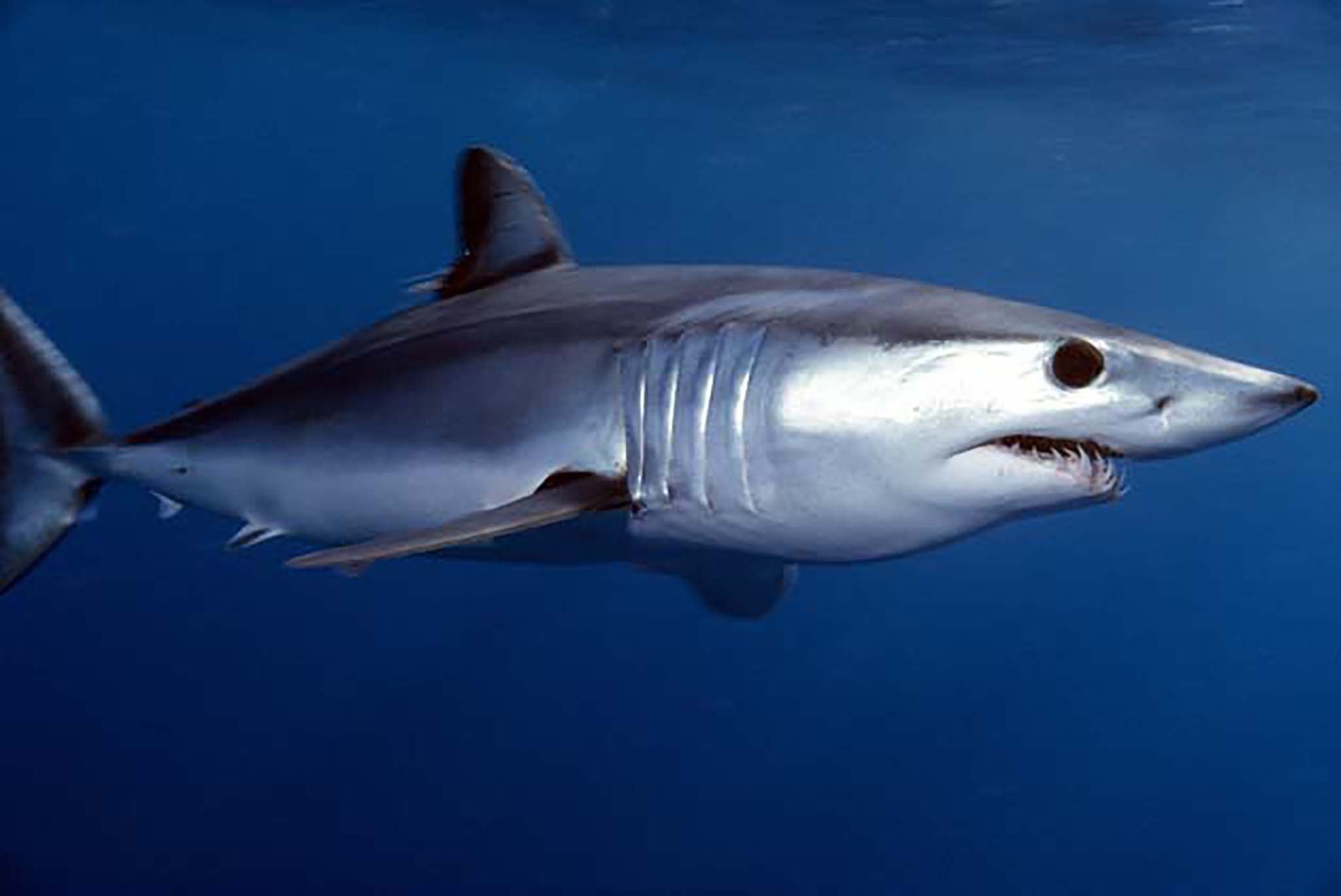
They are rarely spotted near Britain but could become more common due to rising sea temperatures. Overfishing of this species led to it being listed as Endangered by the IUCN in 2019.
Thresher
The unique tail of the thresher lands it higher up the shark size rankings than its body would suggest. The thresher has been observed using its tail to separate fish from shoals when hunting to make them more vulnerable.
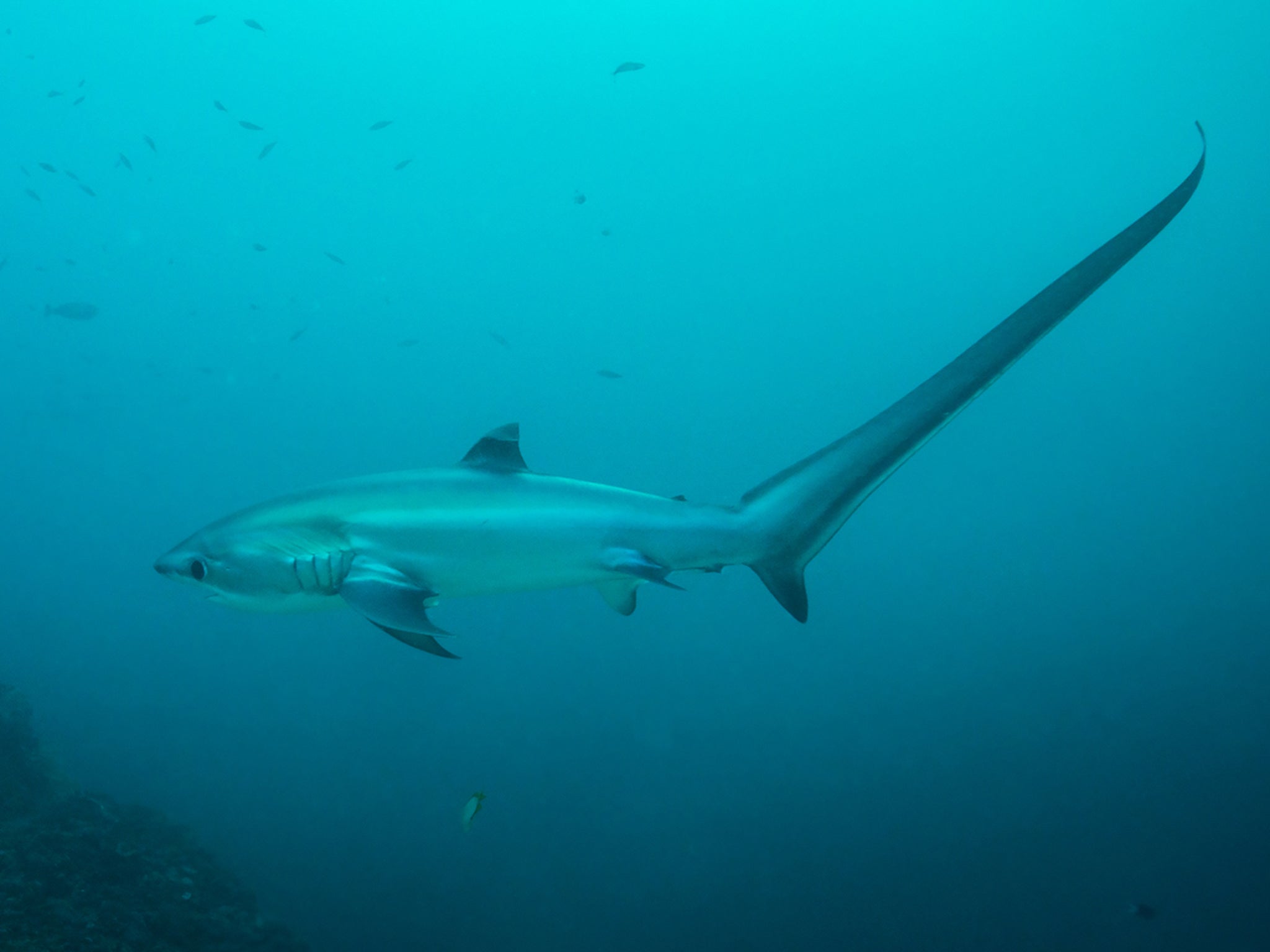
They spend most of their time deep under the sea and rarely stray into coastal waters. To survive in these colder depths, they have evolved to be able to moderate their body temperature to keep in higher than the surrounding water. They can be seen around the UK in summer months. They are listed as Vulnerable by the IUCN.
Greenland shark
Scientists recently discovered that this extraordinary fish was the longest-living vertebrate on earth. One female in the north Atlantic was found to be 400 years old. As National Geographic recently noted, this means the Mayflower ship could have sailed over its head as it ferried the first English settlers to America.
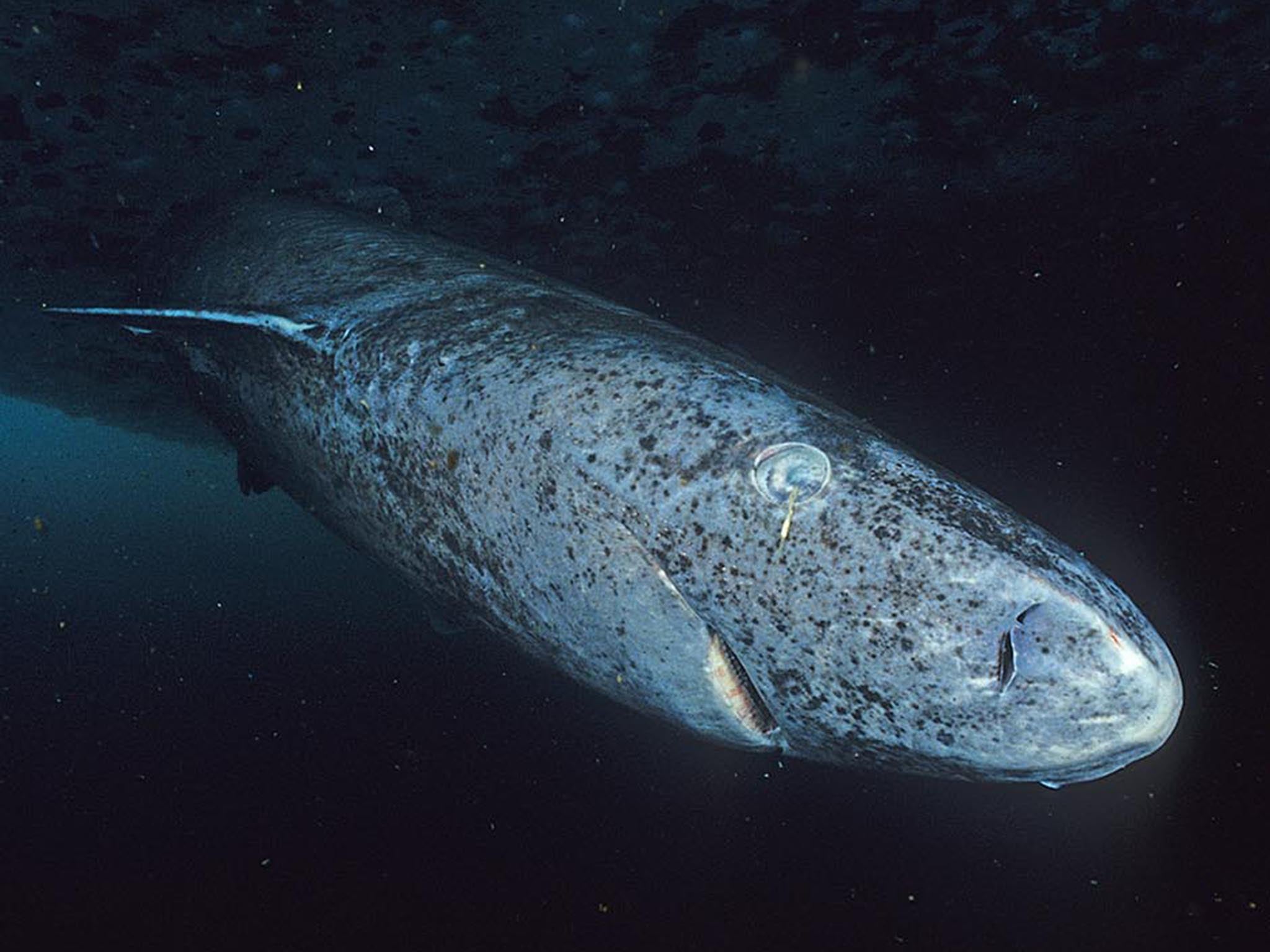
They prefer colder arctic seas and deep water but have been found off the northern UK shores. They are listed as Near Threatened by the IUCN.
Great white
Perhaps the most famous of all shark species, the possibility of a great white sighting in the UK is hotly discussed in the media. But the closest one is known to have got is around 168 miles off the coast when a female was captured in the Bay of Biscay in 1977.

But experts think it likely they have been much closer as UK waters are more suitable than other parts of the world where they have been spotted. They are listed as Vulnerable by the IUCN.
Basking shark
This 6-tonne behemoth is only outsized by one other fish, the whale shark. Basking sharks swim slowly through the depths of the ocean with their giant mouths wide open to catch zooplankton. In the UK they are mostly found off the western coastline, where they arrive in summer months.
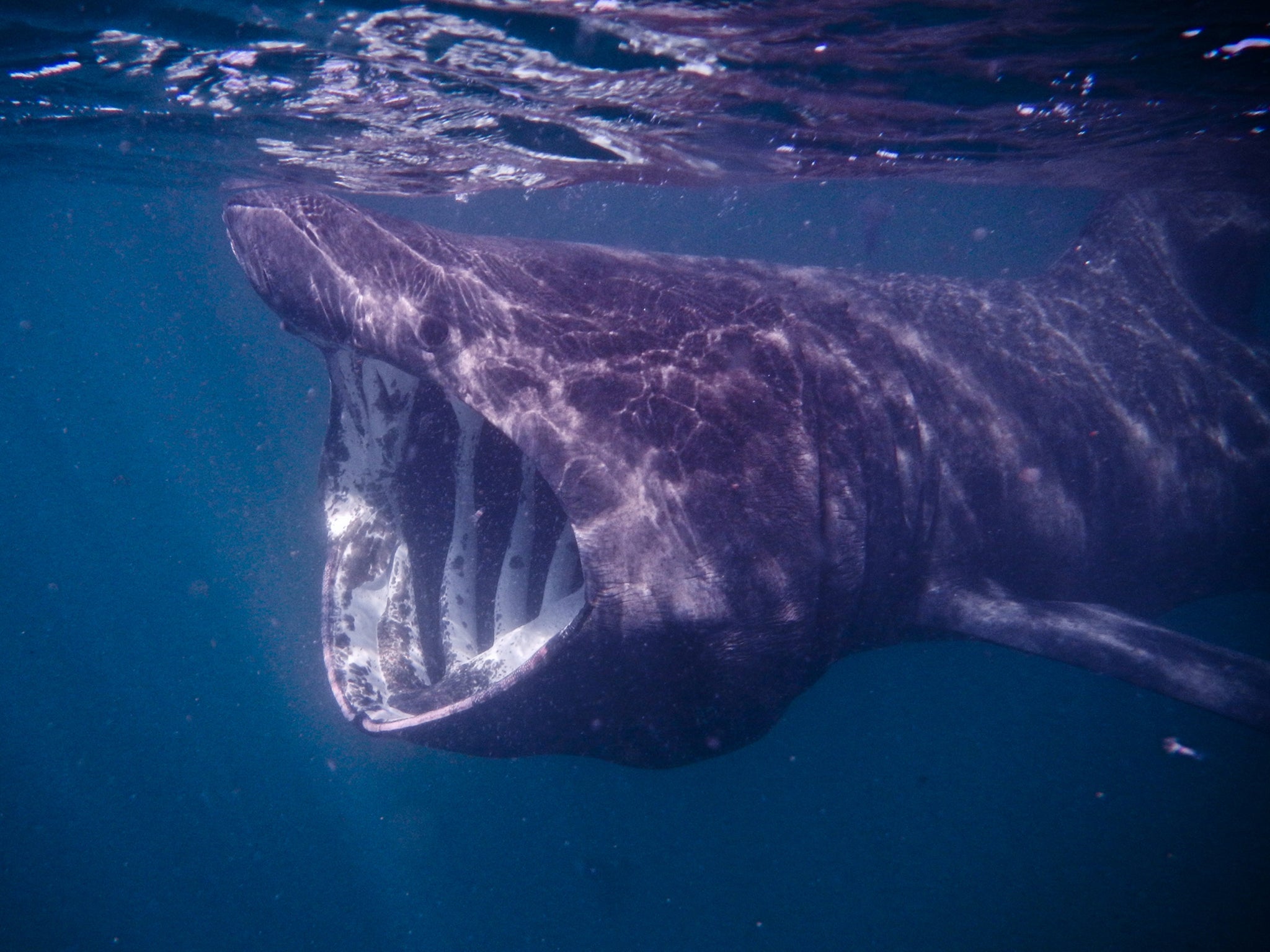
They are common during this period and there is even a small tourism industry built around their arrival in the north of Scotland. They are listed as Endangered by the IUCN and are a priority species in the UK government’s conservation plan.



Join our commenting forum
Join thought-provoking conversations, follow other Independent readers and see their replies
Comments